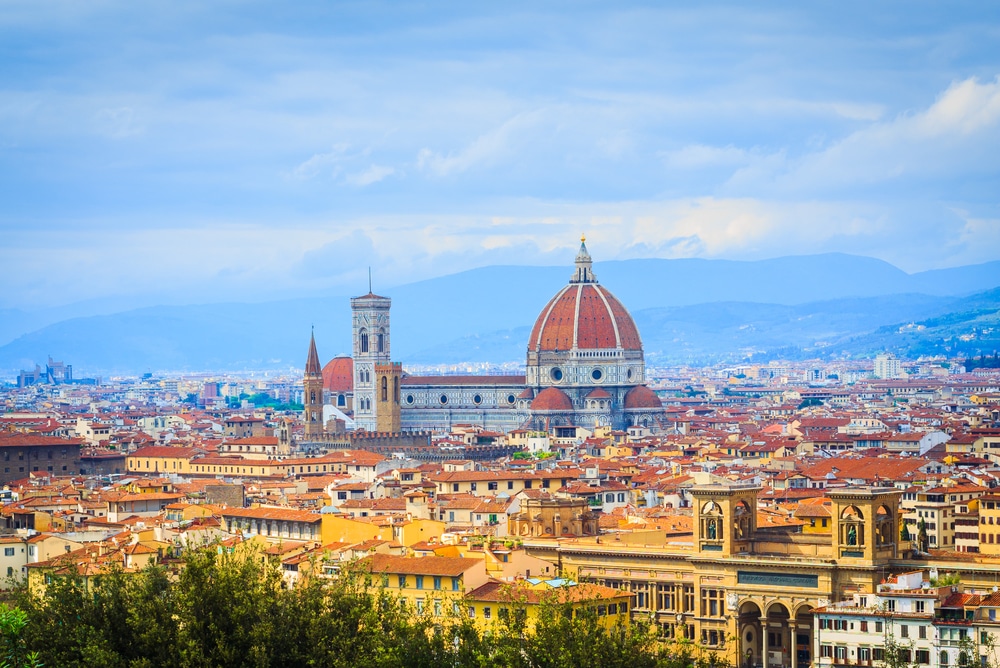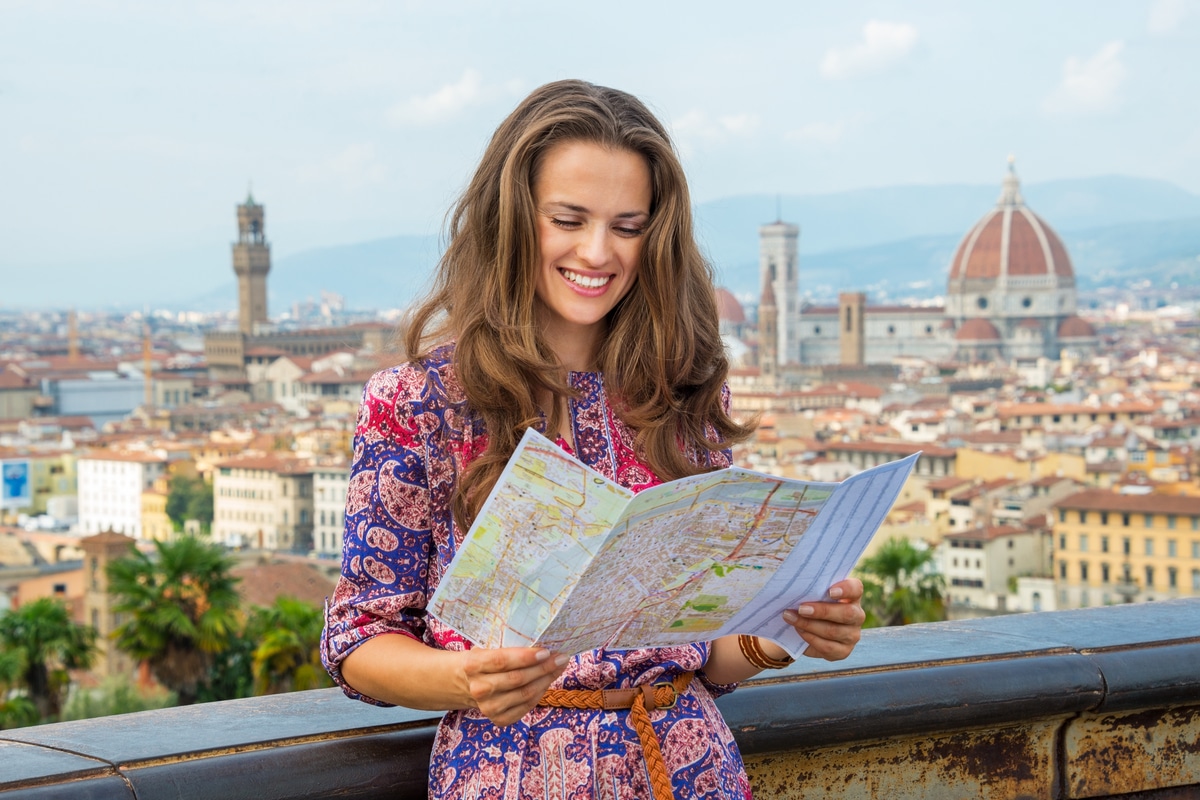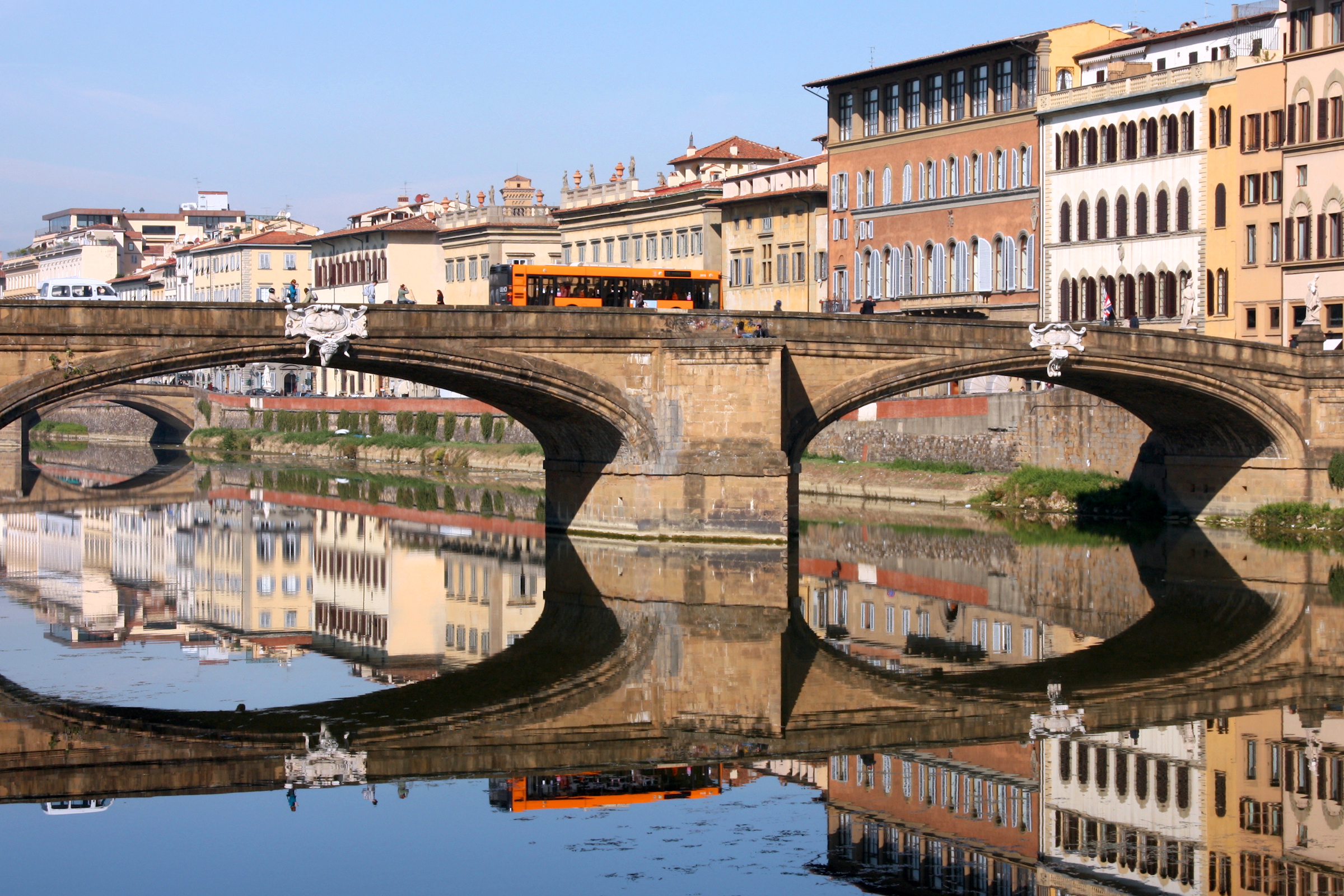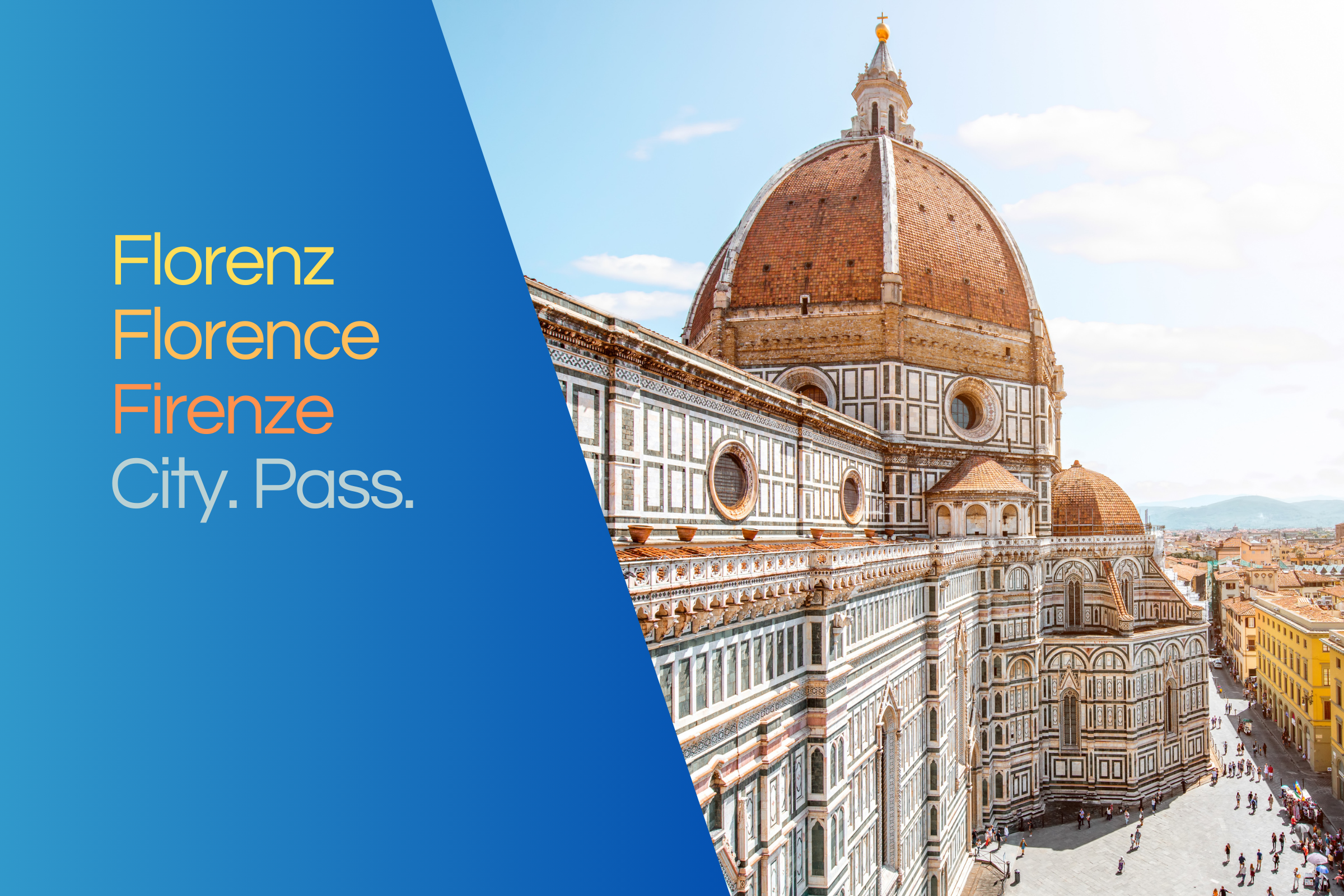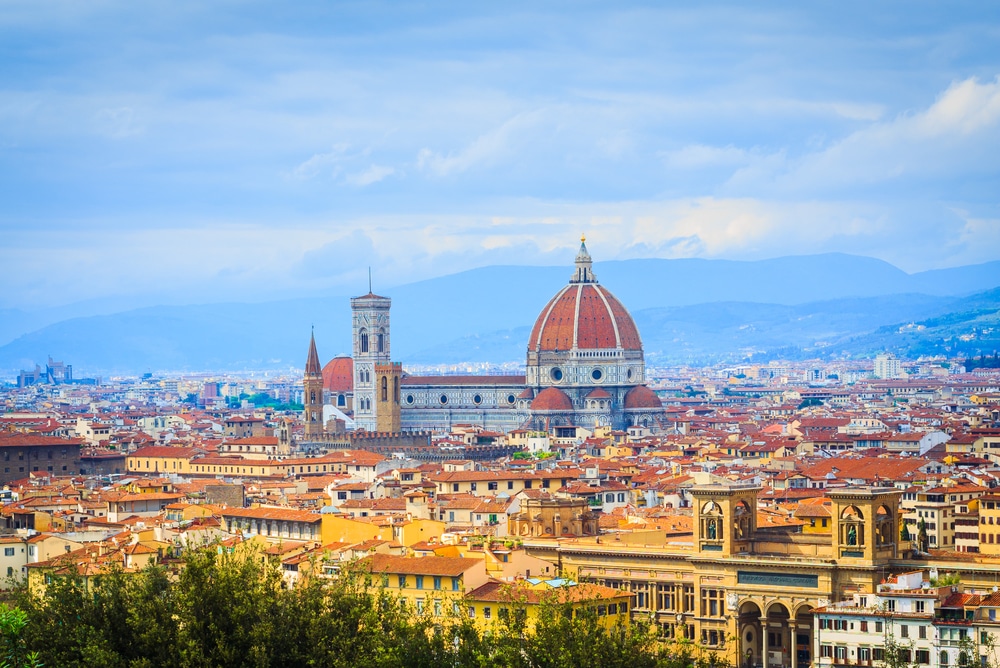Old Bridge
The Ponte Vecchio is a bridge that spans the Arno River in the Italian city of Florence. It is one of the most famous landmarks of the city and still one of the most important bridges in the city. It is a segmental arch bridge and is one of the oldest representatives of its kind. The special thing about the Ponte Vecchio, apart from the architecture, are the many houses on the bridge. Many shops have settled there to sell various products.
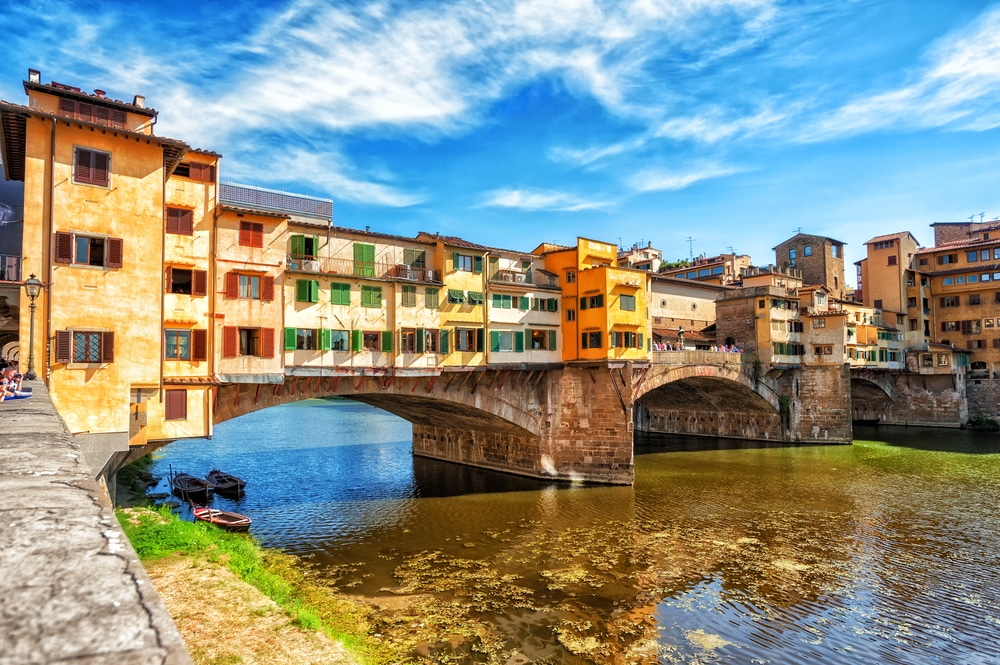
The history of the bridge
According to archaeological research, the site of the Ponte Vecchio has been important for crossing the Arno River for a very long time. The river rises in the mountainous center of Italy and then flows fairly straight westward, where it eventually empties into the Mediterranean Sea. Because of the size of the river and its length, it was necessary to build a crossing facility.
Already the Etruscans, an ancient people who ruled the region of Tuscany in the millennium before Christ, built a first bridge here. This was a rather terse wooden bridge, but even under the rule of the Romans, who secured their power in the region around 300 BC, used the bridge regularly. The bridge became an important crossing point and the Romans recognized its strategically good location. Therefore, they founded a settlement there that could profit from the many traders that had to cross the bridge. This is how today's Florence was born.
Over the centuries, the city grew to become one of the most important in the Italian region. It was all the worse when in 1333 a flood completely destroyed the bridge, which was still made of wood. This was a disaster for the city, which depended on trade, and rebuilding became the city's first priority. In twelve years, the Florentines built a new bridge of stone, as we still know it today. In 1345, the bridge was inaugurated and trade could once again continue undisturbed.
Little by little, shops settled on the bridge that wanted to earn money through the passers-by. The bridge, as the only crossing point, was ideal as a location for a shop. Thus, the bridge was occupied by houses on both sides, seamlessly connecting to each other. The entrances to each shop all faced the center of the bridge, and that is where the merchandise was sold. At the back of the houses many balconies were formed, which extended over the edge of the bridge and into the Arno.
In the middle of the bridge there is a small gap between the houses where a view over the Arno is possible.
In the 16th century, Cosimo de Medici wanted to connect two of his houses with a direct walkway. The problem: the houses were on the two different banks, directly in front of the Ponte Vecchio. The architect Giorgio Vasari realized the plan by building a corridor across the existing houses. The middle of the bridge, which was free of houses, was bridged by three arcaded arches, which still today offer the only view upstream.
During a catastrophic flood in 1966, almost all of the bridge's shops were completely destroyed. However, the bridge's new function as a tourist magnet meant that it was quickly rebuilt to its original state.
The shops of the Ponte Vecchio
In the Middle Ages, many simple artisan businesses settled on the bridge. Butchers, tanners, carpenters and bakers were all represented on the bridge. Ferdinand the I decreed in 1593 that the previous shops caused too much dirt and stench. He replaced the previous shops with many smithies, especially for gold and silver. Since then, jewellers have had a long tradition on the Ponte Vecchio. Some of the most famous jewellers in the world have a shop here today.
Central to the bridge is also the bust of Benevenuto Cellini. Cellini was one of the most famous goldsmiths of the 16th century and settled on the Ponte Vecchio after Ferdinand's order.
